Sunny side up: Josef Albers’ yellow paintings look on the bright side
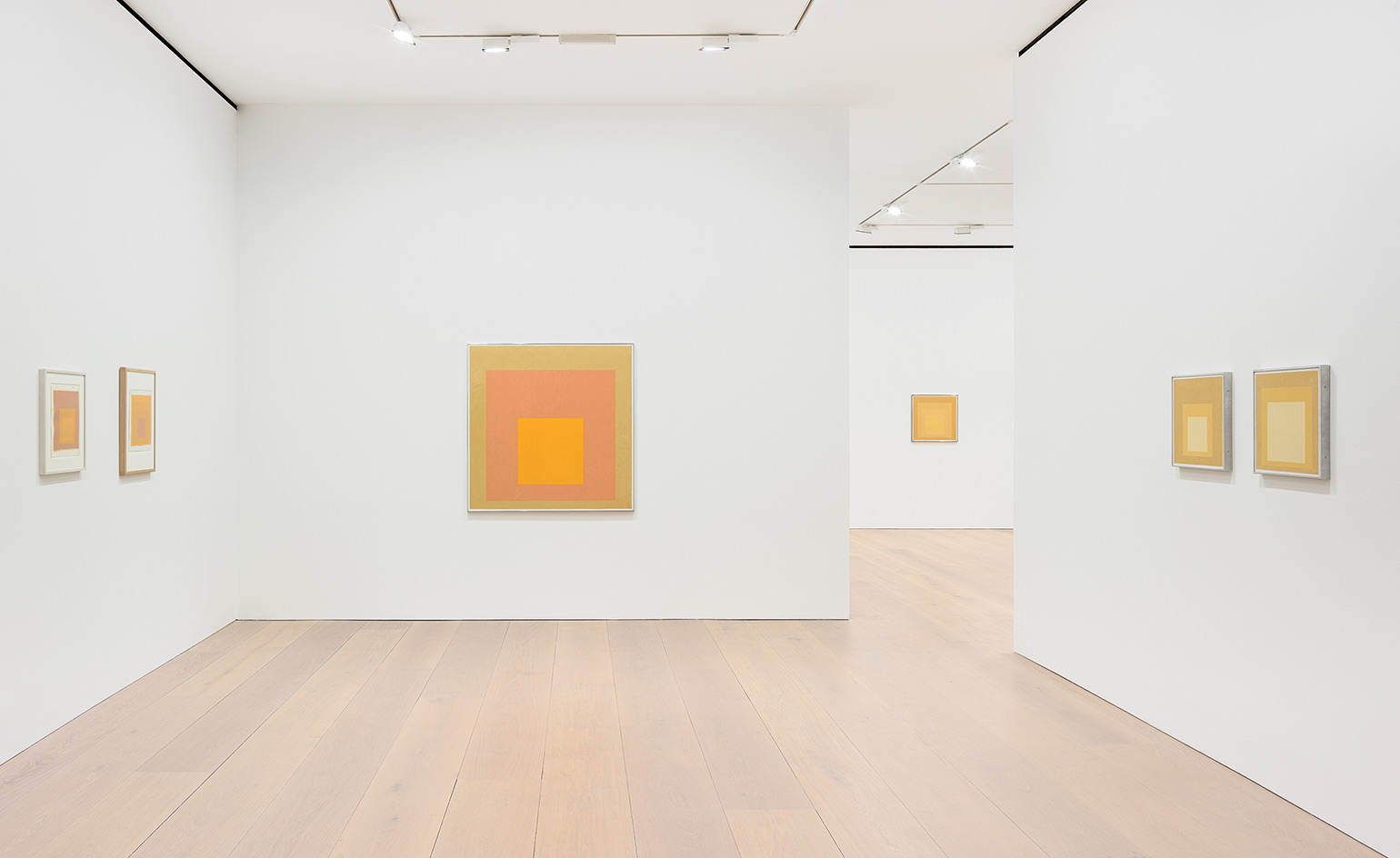
‘Josef had a weakness for yellows,’ says Nicholas Fox Weber, executive director of the Josef and Anni Albers Foundation, speaking to an assembled crowd at London gallery David Zwirner. Standing amidst an uplifting selection of the German-born American artist’s renowned Homage to the Square paintings in varying shades of mustard, saffron and pale lemon, Fox-Weber is in town to celebrate the opening of the gallery’s new exhibition, ‘Sunny Side Up’, which gathers a collection of Albers’ paintings in which the colour yellow takes centre stage.
On a grey January day in London, the warm saturated canvases come as a welcome sight. Elegantly arranged across two floors of the Mayfair gallery space, the yellow Homage to the Square works occupy the ground floor alongside a selection of the abstract painter’s rarely exhibited colour studies – working-experiments complete with notations which Fox Weber only uncovered after Albers’ death in 1976. Upstairs, Albers’ earlier Variant/Adobe series, which he initiated in 1947 in La Luz, New Mexico, during a sabbatical from teaching at Black Mountain College, show the profound influence of Latin American art on his oeuvre.
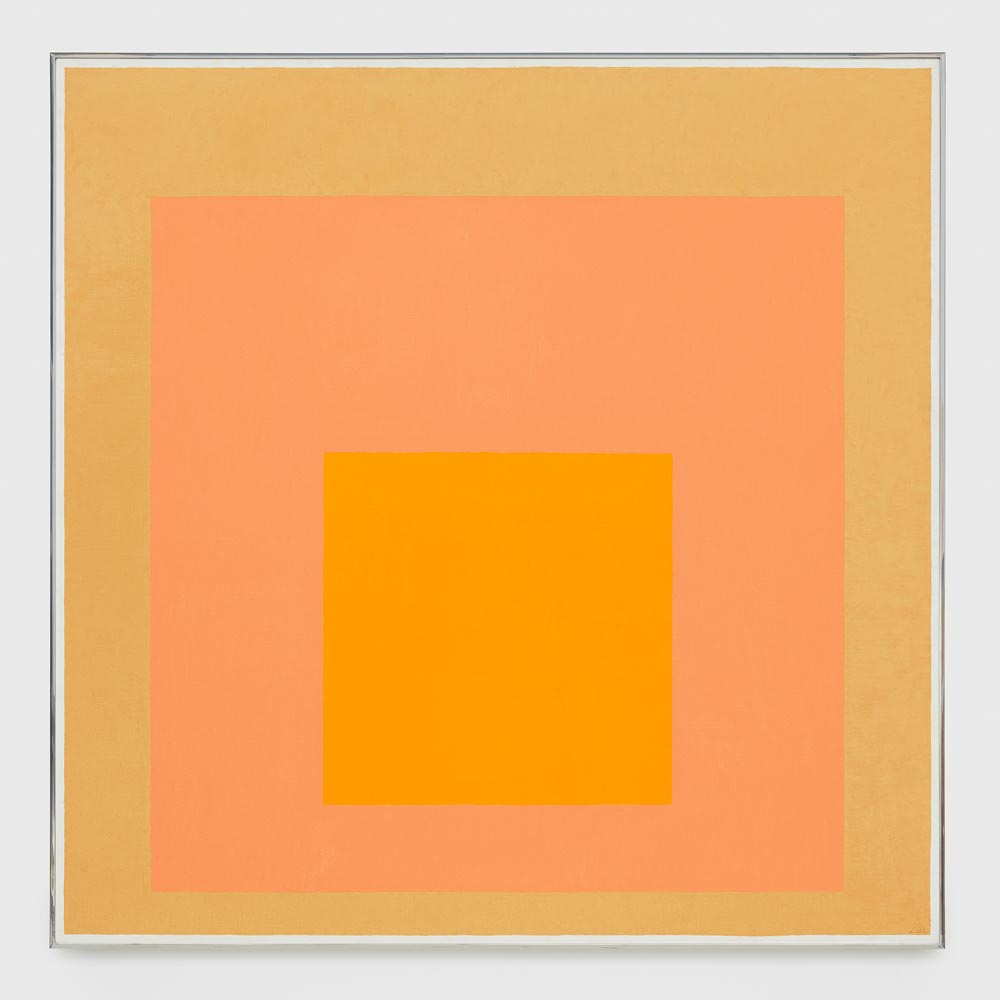
'Homage to the Square', 1971. © The Josef and Anni Albers Foundation/Artists Rights Society (ARS), New York.
In 1950, just three years after the initiation of the Variant/Adobe series, at the age of 62 Albers painted his first Homage to the Square. In the last 26 years of his life, he went on to paint over 3,000 of them on both 40- and larger 48 sq in canvases. They were always created using the same process: Albers would begin by dividing the canvas into ten units – a technique which he referred to as ‘a platter to serve colour’. He would then apply the paint directly to the canvas from the tube, unmixed, starting from the centre and working his way outwards, just as his father, a house painter, carpenter, plumber and general technician, had taught him – a technique that ‘catches the drips of paint and keeps cuffs clean’ he used to say.
‘If you say the word ‘“yellow” it means so many different things to so many different people,’ says Fox Weber surveying the assembled works. ‘You should be aware that verbal language doesn’t always have the subtlety and the breadth of the language of color, which was Josef’s language. Josef wanted to reveal colour in the same way that a religious figure wants to reveal the spiritual presence he believes in. He wanted to reveal line and form and its magic in the same way.’
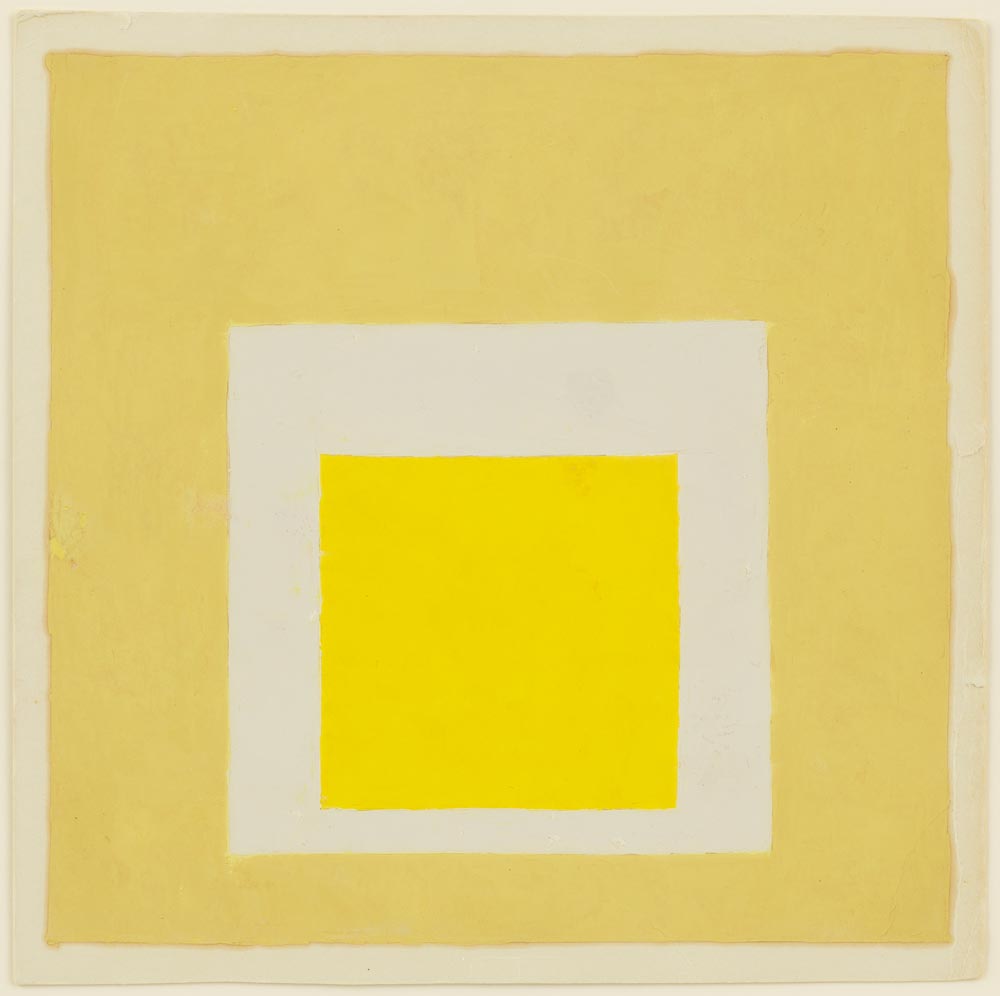
'Study for Homage to the Square', undated. © The Josef and Anni Albers Foundation/Artists Rights Society (ARS), New York.
‘Sunny Side Up’ follows on from David Zwirner’s November/December 2016 Albers survey in New York, ‘Josef Albers: Grey Scales, Grey Steps, Grey Ladders’, which focused on the artist’s use of black, white, and grey. To commemorate the two consecutive exhibitions, David Zwirner Books is publishing a fully illustrated catalogue called Josef Albers: Midnight and Noon – a title that nods to Albers’ 1964 series of color lithographs, which brought together two opposing colour sets (blacks and greys and an array of yellows) in a single portfolio.
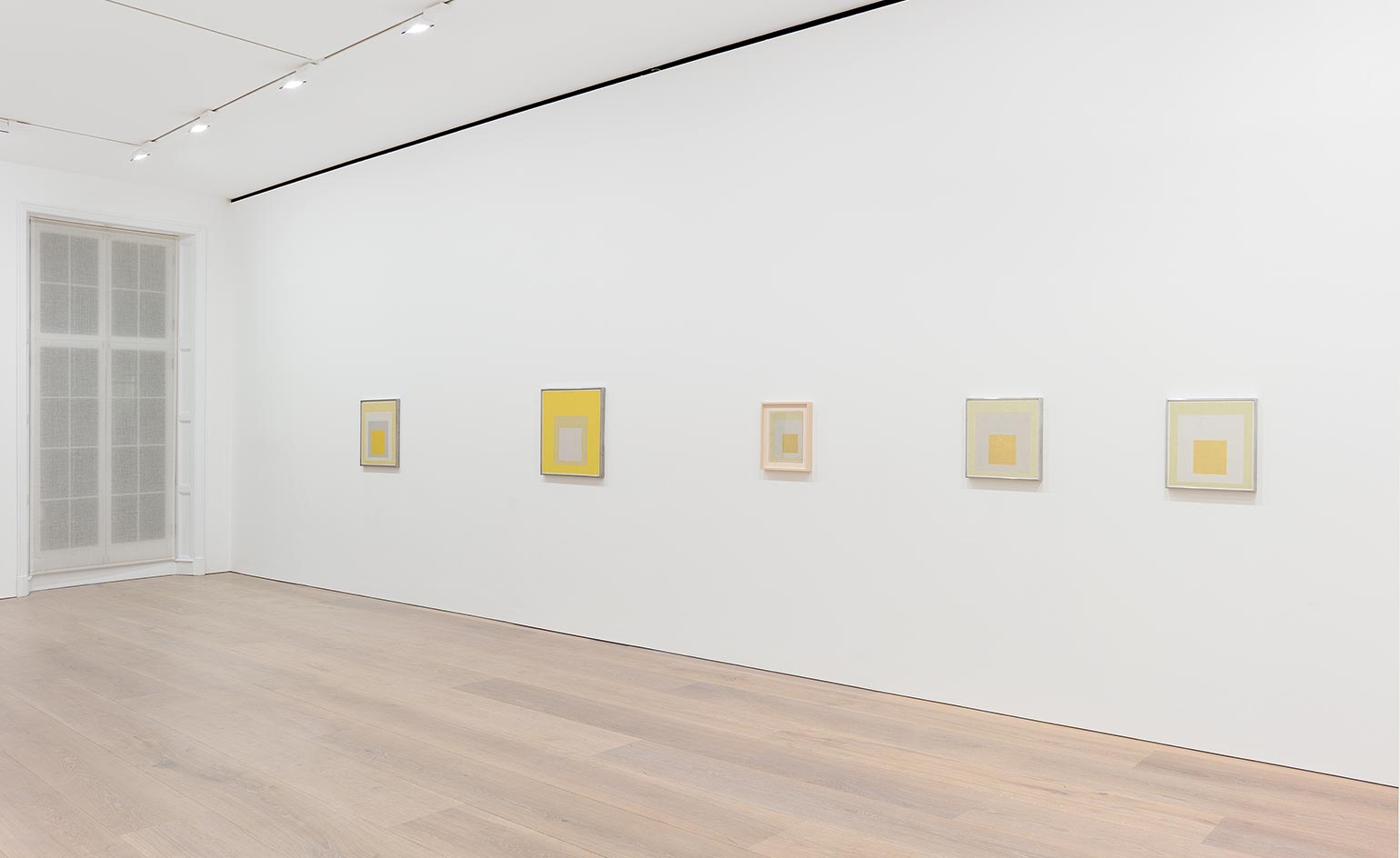
The yellow Homage to the Square works occupy the Mayfair gallery alongside a selection of the abstract painter’s rarely exhibited colour studies
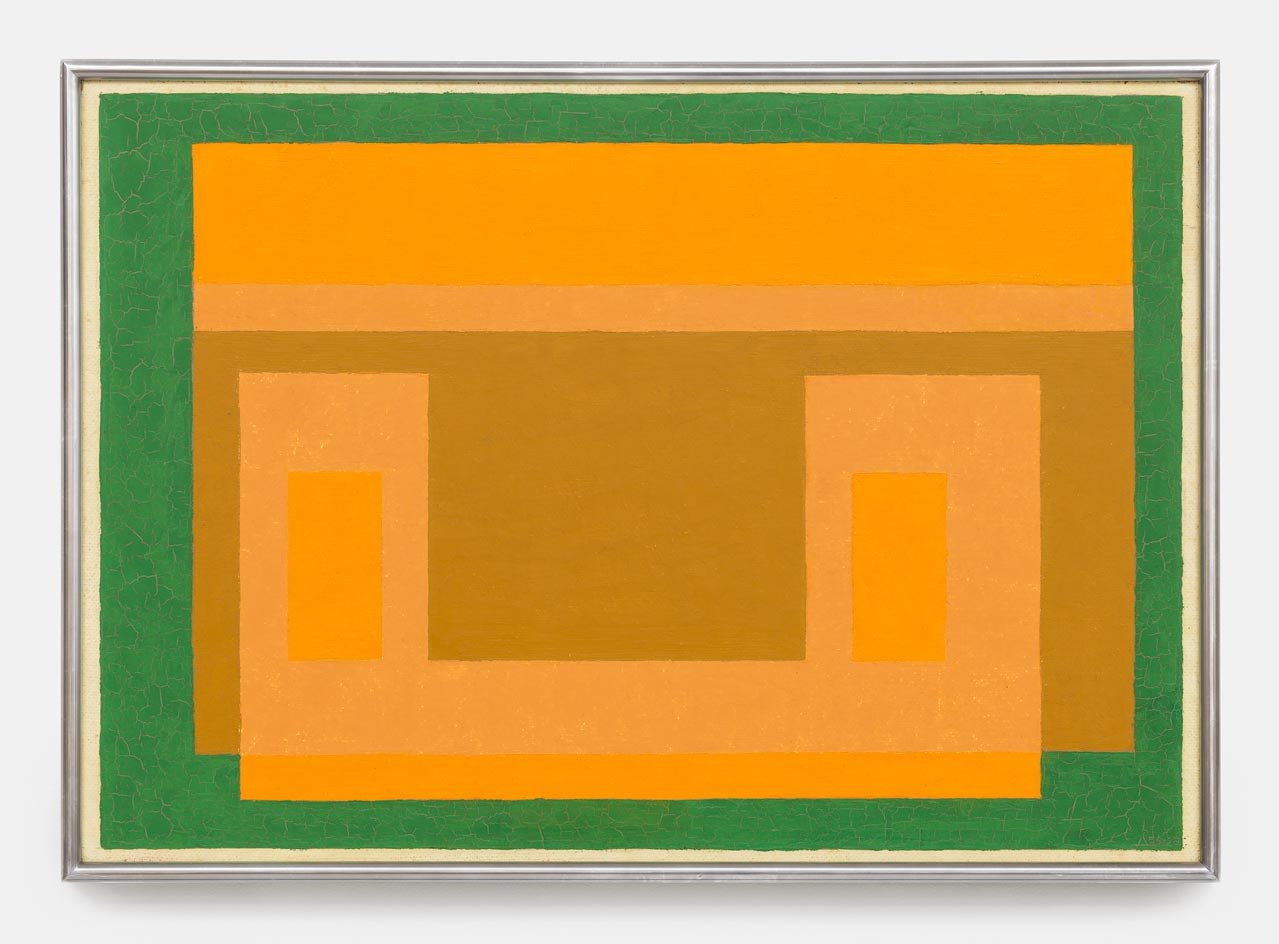
Untitled (Variant/Adobe), 1956-1958. © The Josef and Anni Albers Foundation/Artists Rights Society (ARS), New York
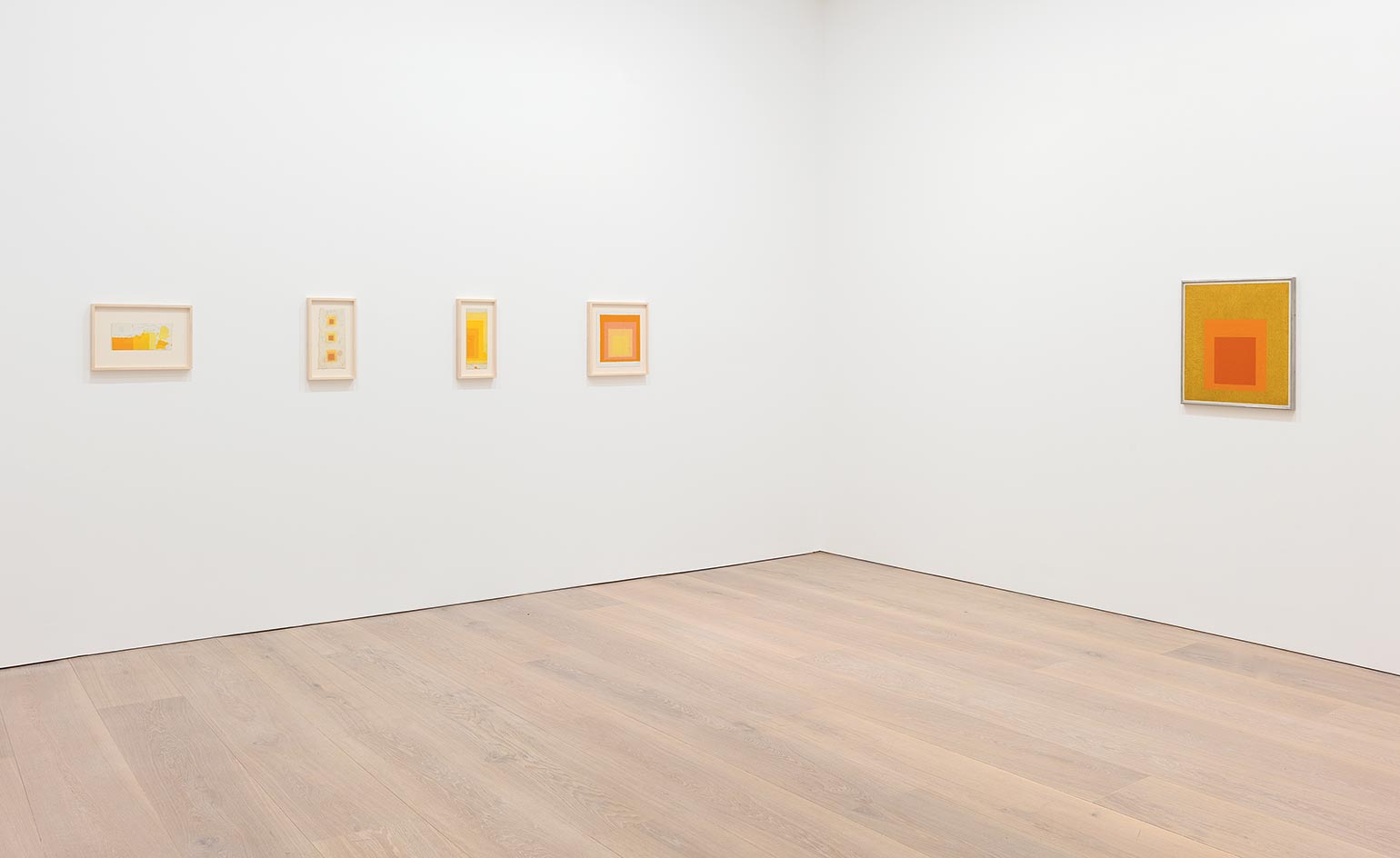
‘Josef wanted to reveal colour in the same way that a religious figure wants to reveal the spiritual presence he believes in,’ explains Nicholas Fox Weber, executive director of the Josef and Anni Albers Foundation
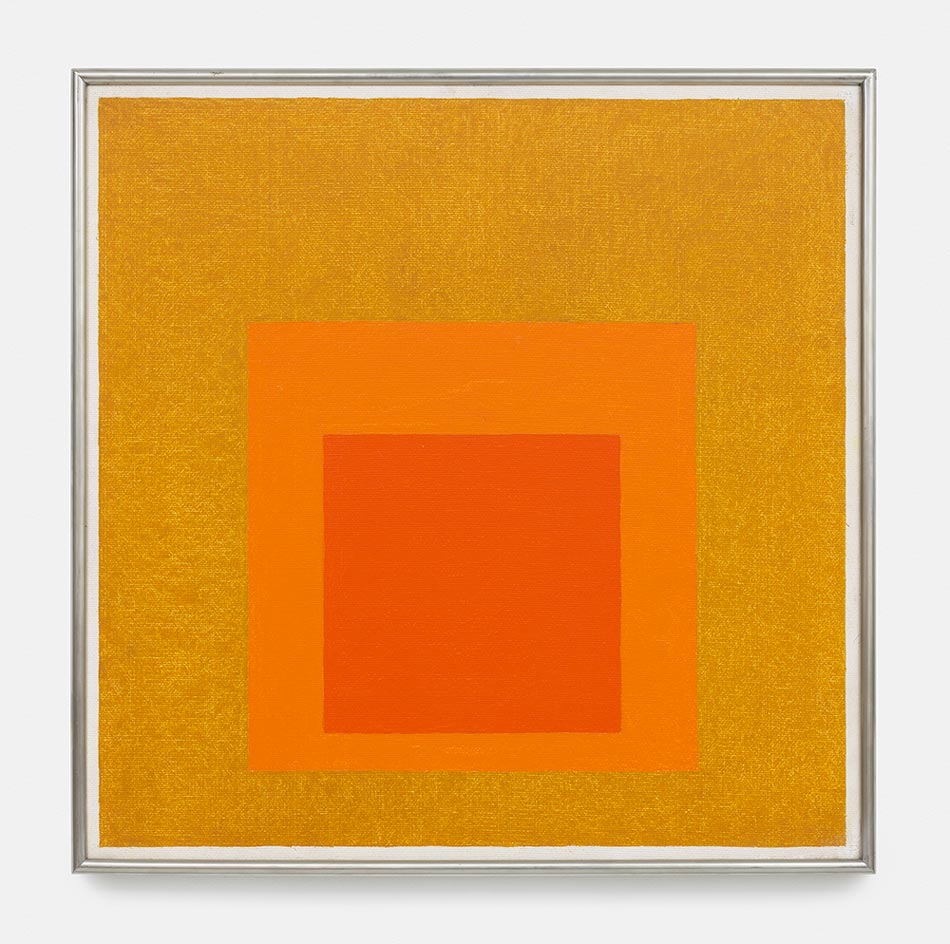
Study to Homage to the Square: Aurora, 1957. © The Josef and Anni Albers Foundation/Artists Rights Society (ARS), New York
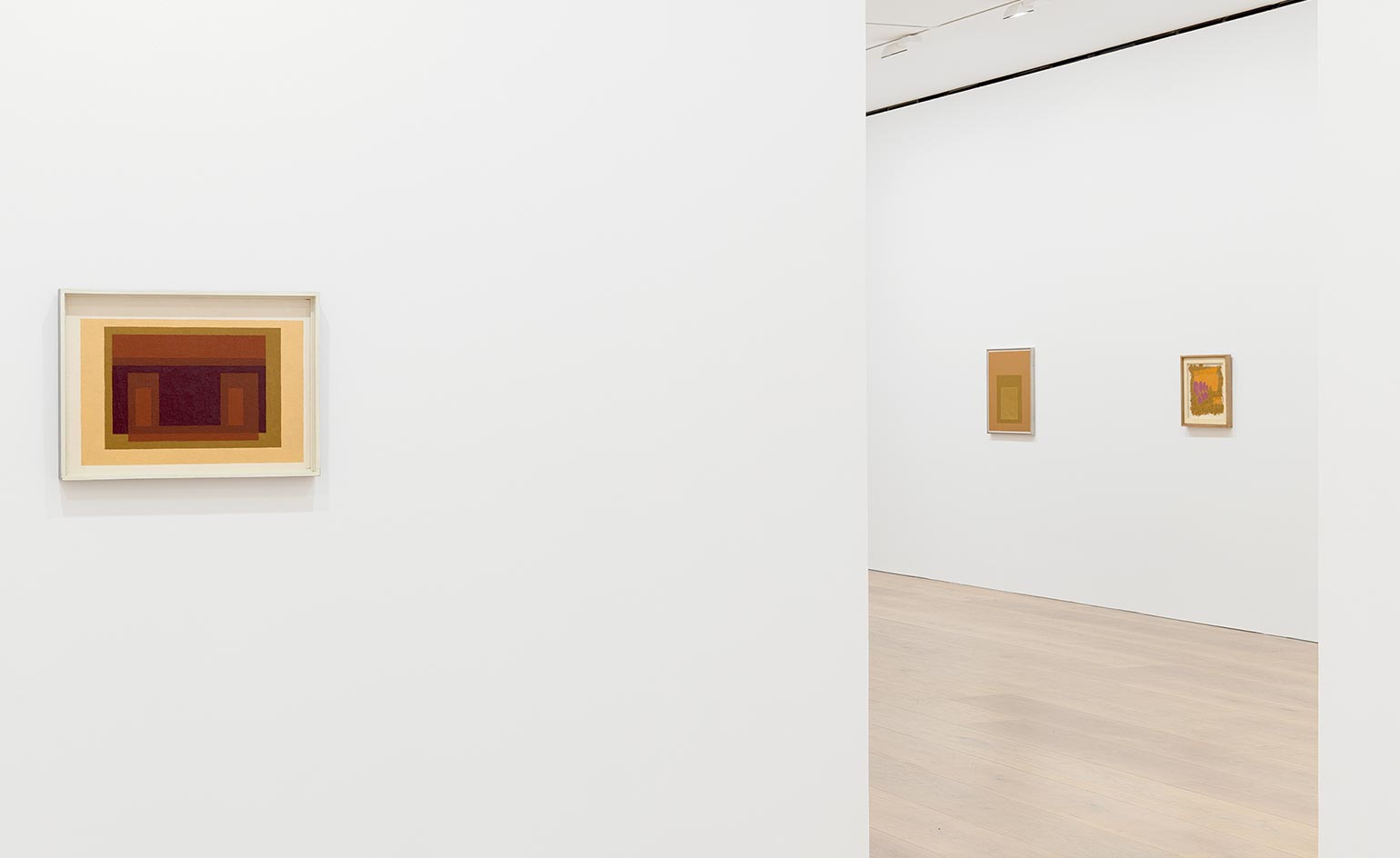
Examples of Albers’ earlier Variant/Adobe series, which he initiated in 1947 in La Luz, New Mexico, show the profound influence of Latin American art on his oeuvre
INFORMATION
’Josef Albers: Sunny Side Up’ is on view until 10 March. For more information, visit the David Zwirner website
ADDRESS
Receive our daily digest of inspiration, escapism and design stories from around the world direct to your inbox.
24 Grafton Street
London W1S 4EZ
Ali Morris is a UK-based editor, writer and creative consultant specialising in design, interiors and architecture. In her 16 years as a design writer, Ali has travelled the world, crafting articles about creative projects, products, places and people for titles such as Dezeen, Wallpaper* and Kinfolk.
-
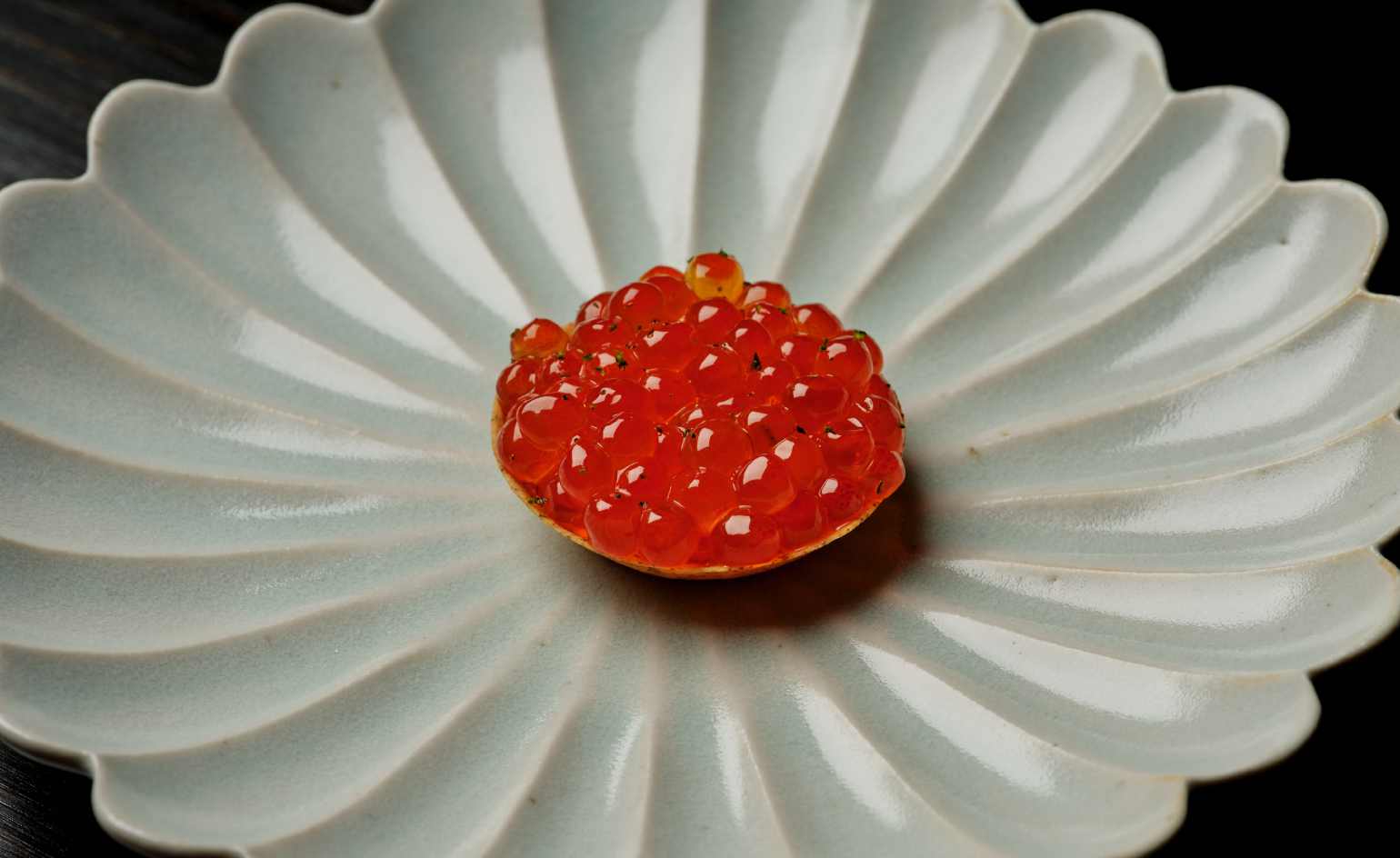 This cult Los Angeles pop-up restaurant now has a permanent address
This cult Los Angeles pop-up restaurant now has a permanent addressChef Brian Baik’s Corridor 109 makes its permanent debut in Melrose Hill. No surprise, it's now one of the hardest tables in town to book
-
 French bistro restaurant Maset channels the ease of the Mediterranean in London
French bistro restaurant Maset channels the ease of the Mediterranean in LondonThis Marylebone restaurant is shaped by the coastal flavours, materials and rhythms of southern France
-
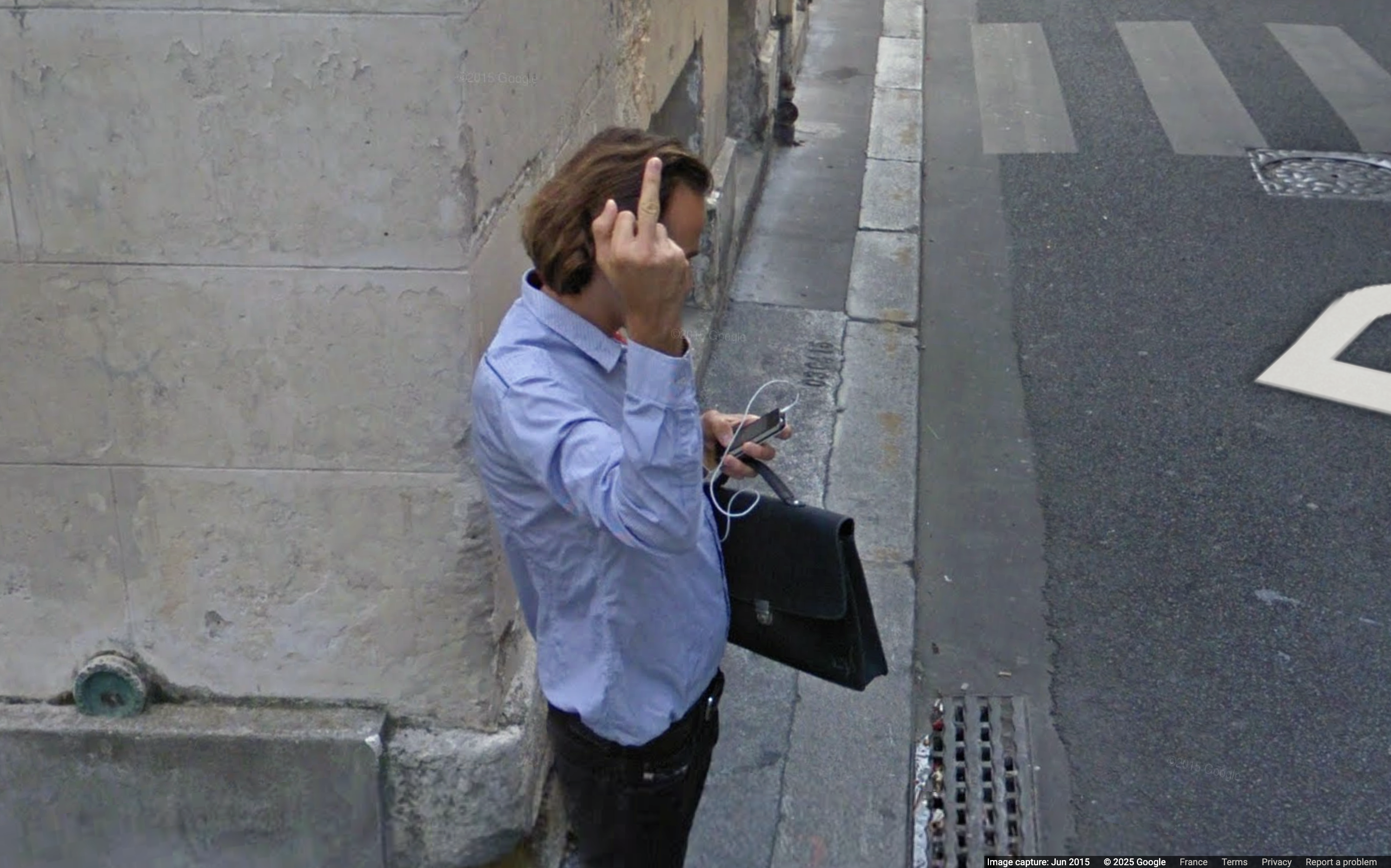 How ethical is Google Street View, asks Jon Rafman in Copenhagen
How ethical is Google Street View, asks Jon Rafman in CopenhagenIn 'Report a Concern - the Nine Eyes Archives' at Louisiana Museum of Art, Copenhagen, Jon Rafman considers technology's existential implications
-
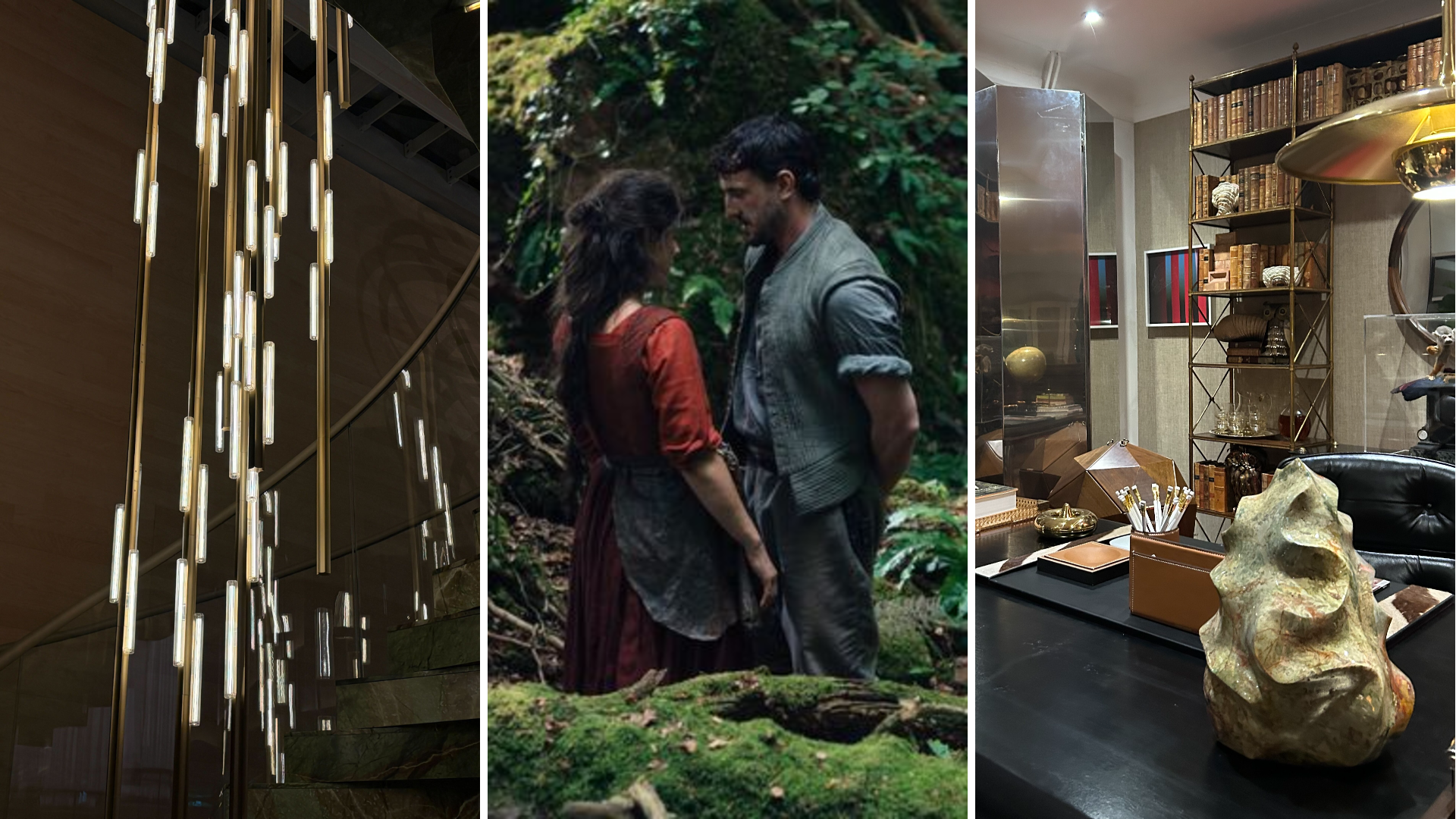 Out of office: The Wallpaper* editors’ picks of the week
Out of office: The Wallpaper* editors’ picks of the weekFar from slowing down for the festive season, the Wallpaper* team is in full swing, hopping from events to openings this week. Sometimes work can feel like play – and we also had time for some festive cocktails and cinematic releases
-
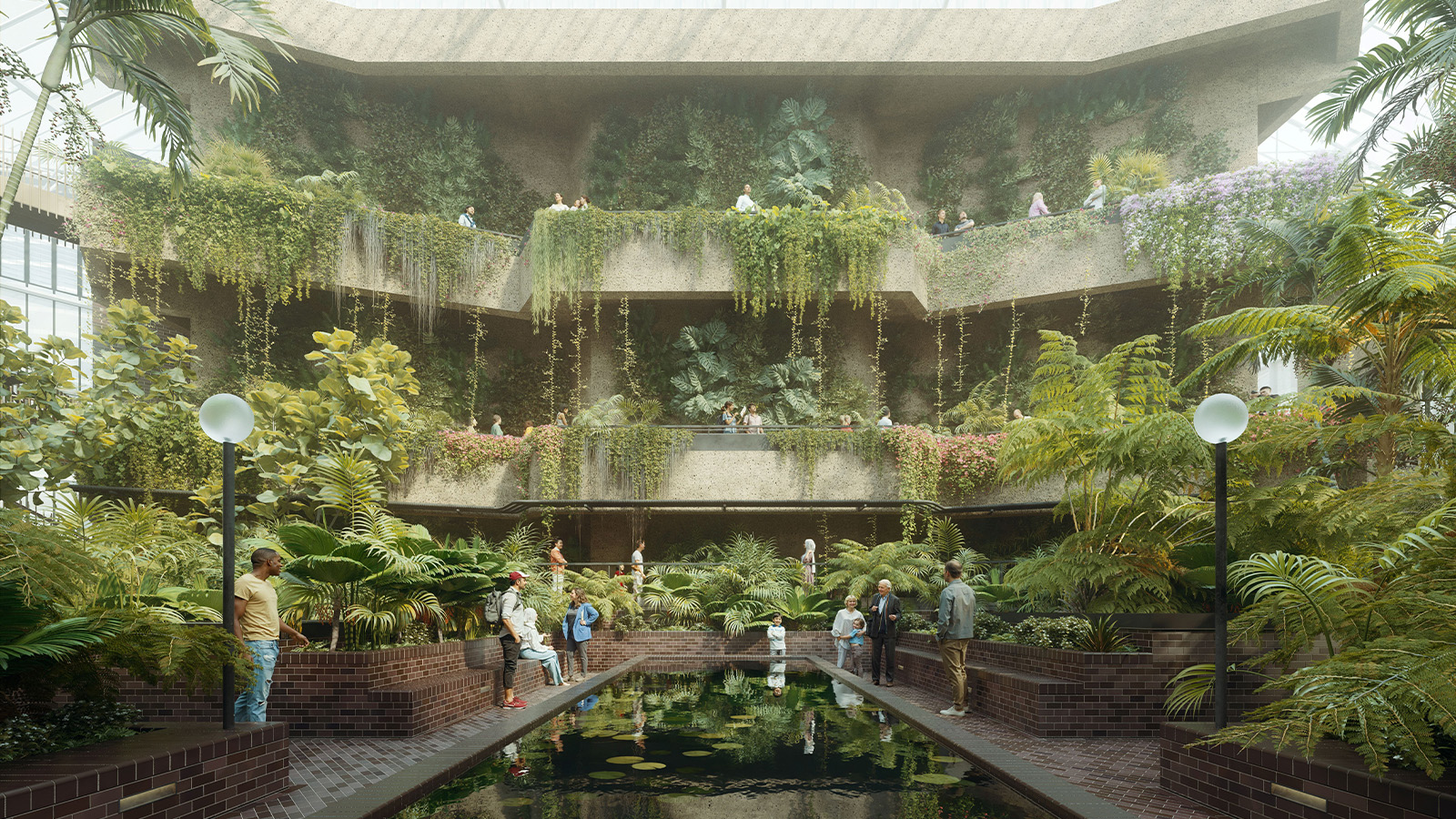 The Barbican is undergoing a huge revamp. Here’s what we know
The Barbican is undergoing a huge revamp. Here’s what we knowThe Barbican Centre is set to close in June 2028 for a year as part of a huge restoration plan to future-proof the brutalist Grade II-listed site
-
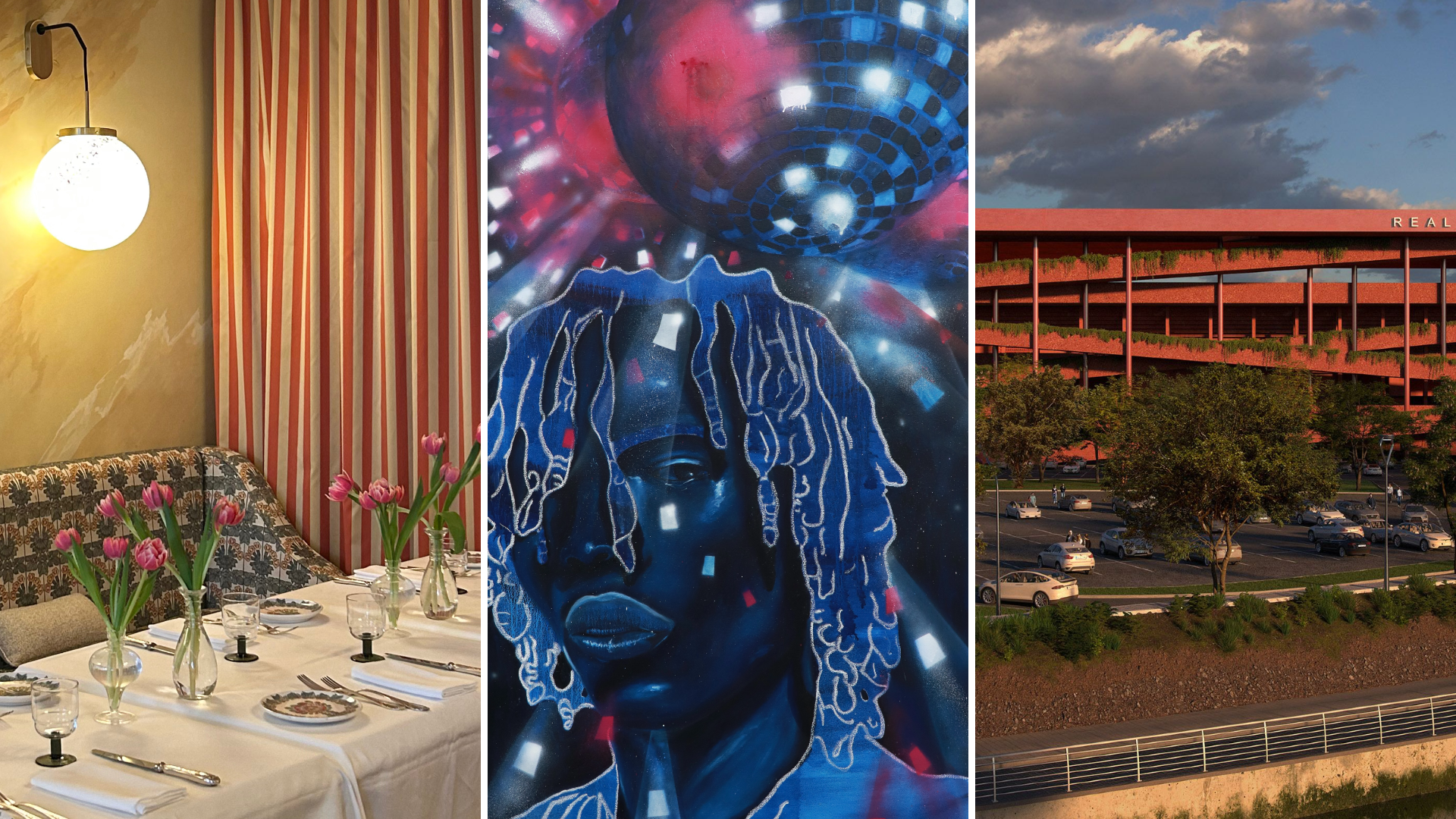 Out of office: The Wallpaper* editors’ picks of the week
Out of office: The Wallpaper* editors’ picks of the weekIt’s wet, windy and wintry and, this week, the Wallpaper* team craved moments of escape. We found it in memories of the Mediterranean, flavours of Mexico, and immersions in the worlds of music and art
-
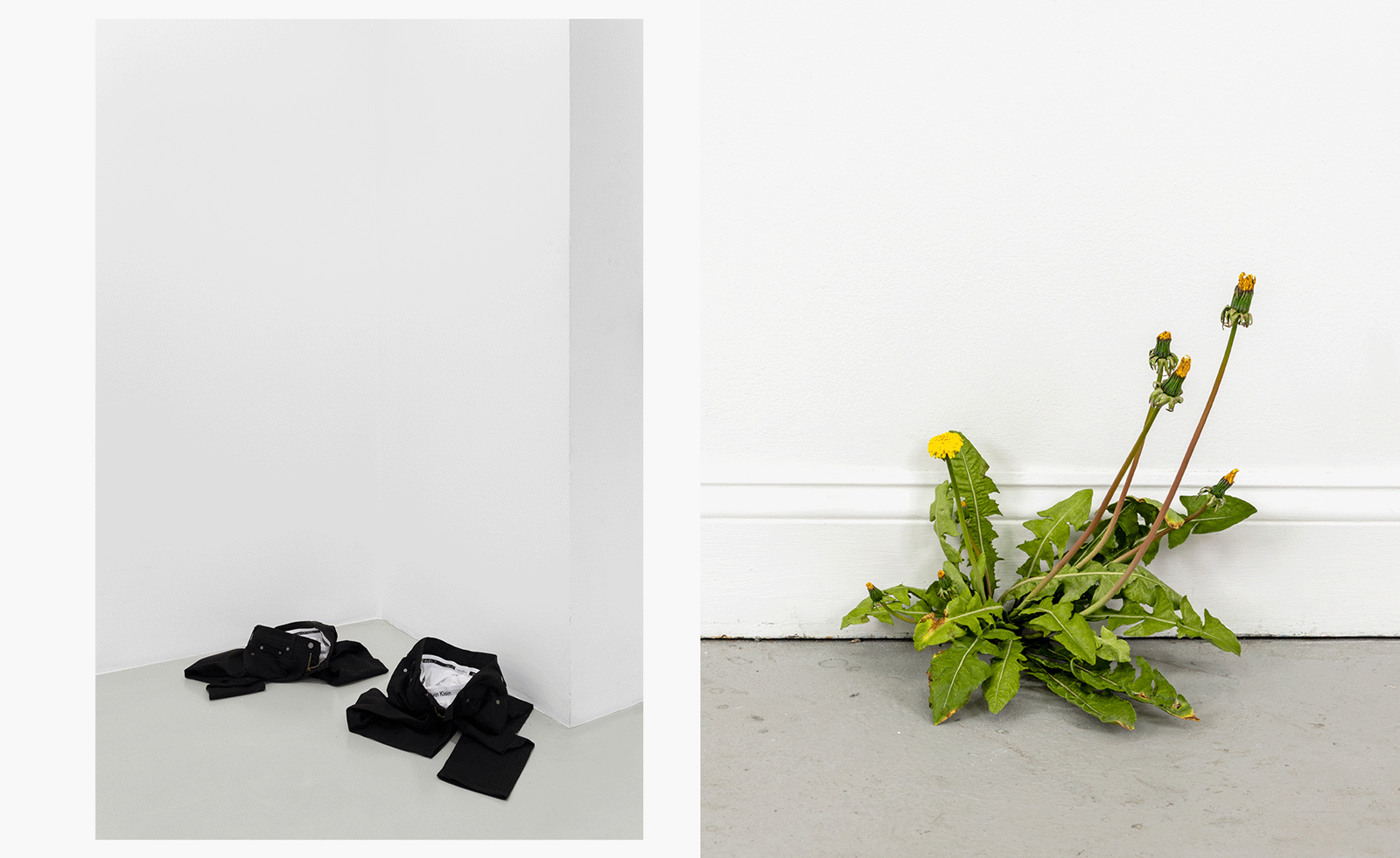 Each mundane object tells a story at Pace’s tribute to the everyday
Each mundane object tells a story at Pace’s tribute to the everydayIn a group exhibition, ‘Monument to the Unimportant’, artists give the seemingly insignificant – from discarded clothes to weeds in cracks – a longer look
-
 Out of office: The Wallpaper* editors’ picks of the week
Out of office: The Wallpaper* editors’ picks of the weekThis week, the Wallpaper* team had its finger on the pulse of architecture, interiors and fashion – while also scooping the latest on the Radiohead reunion and London’s buzziest pizza
-
 Out of office: The Wallpaper* editors’ picks of the week
Out of office: The Wallpaper* editors’ picks of the weekIt’s been a week of escapism: daydreams of Ghana sparked by lively local projects, glimpses of Tokyo on nostalgic film rolls, and a charming foray into the heart of Christmas as the festive season kicks off in earnest
-
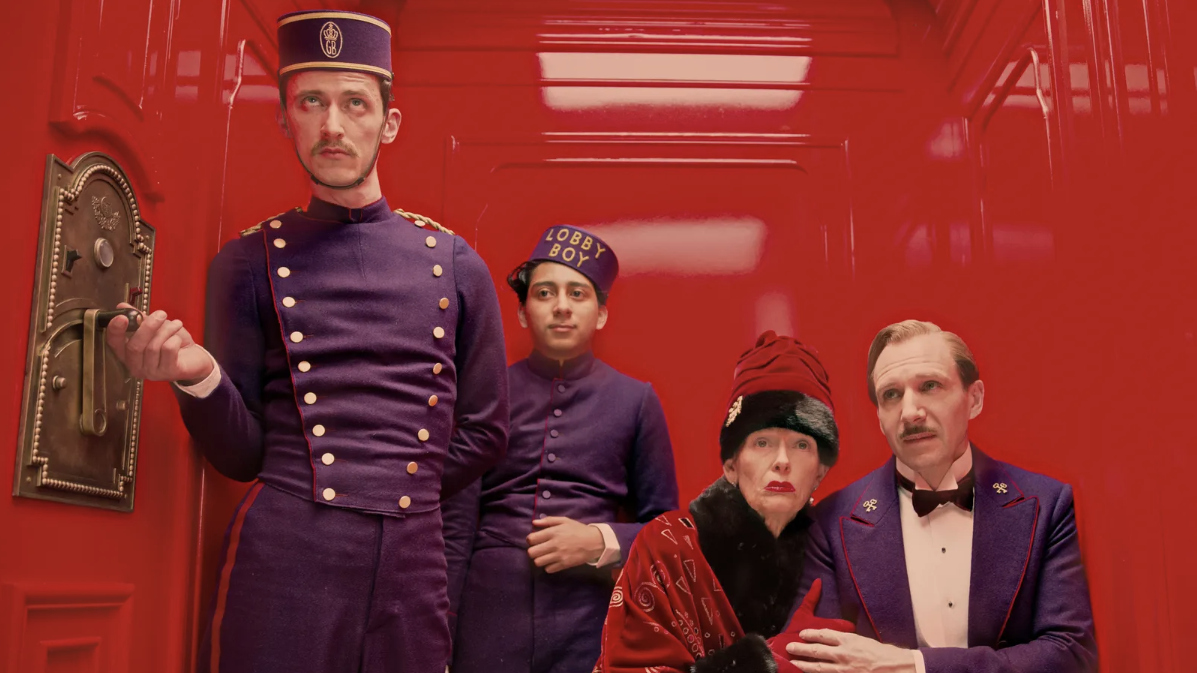 Wes Anderson at the Design Museum celebrates an obsessive attention to detail
Wes Anderson at the Design Museum celebrates an obsessive attention to detail‘Wes Anderson: The Archives’ pays tribute to the American film director’s career – expect props and puppets aplenty in this comprehensive London retrospective
-
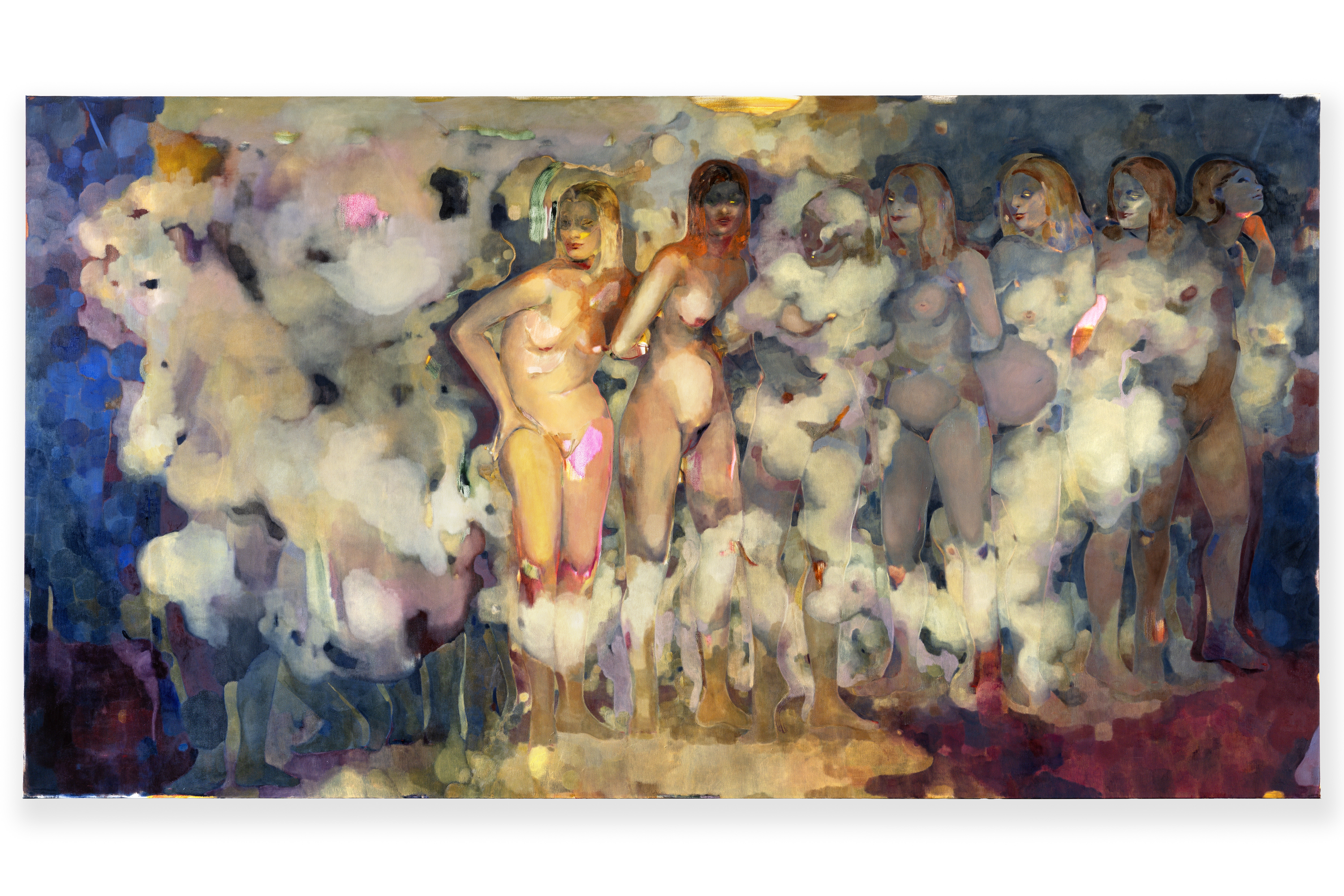 Meet Eva Helene Pade, the emerging artist redefining figurative painting
Meet Eva Helene Pade, the emerging artist redefining figurative paintingPade’s dreamlike figures in a crowd are currently on show at Thaddaeus Ropac London; she tells us about her need ‘to capture movements especially’